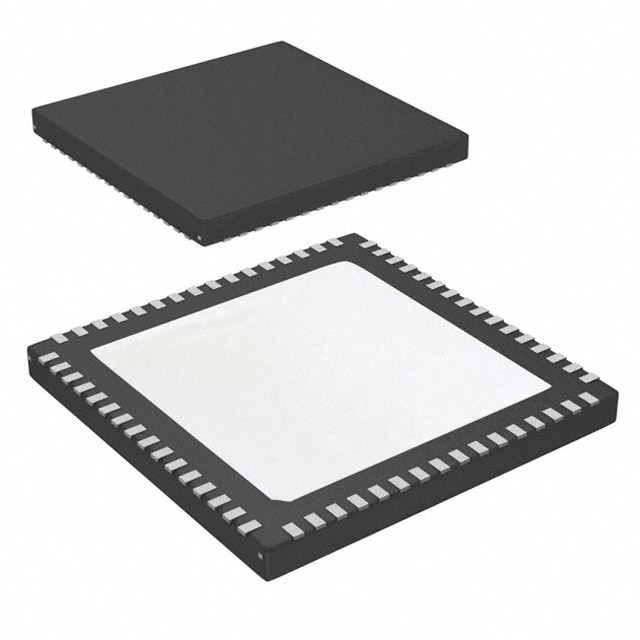DS90UB940-Q1
The DS90UB940-Q1 is a high-speed serializer from Texas Instruments designed for automotive applications, supporting data rates up to 3 Gbps per lane. It is part of the FPD-Link III family and enables efficient transmission of video, control, and power signals over low-cost twisted-pair cables or printed circuit board traces. The device features integrated error detection and correction (EDAC) to ensure reliable data integrity in electrically noisy environments typical in automotive systems.
This serializer supports multiple input formats, including RGB, YCbCr, and LVDS, making it suitable for interfacing with various image sensors and display controllers. It includes built-in timing control logic that simplifies system integration by reducing external component requirements. The DS90UB940-Q1 also supports dynamic channel selection and automatic lane alignment, enhancing flexibility during system configuration and minimizing setup time.
Designed for operation under harsh conditions, the device meets AEC-Q100 Grade 2 qualification standards, ensuring robust performance across temperature ranges from -40°C to +105°C. Its low power consumption and compact form factor make it ideal for space-constrained applications such as advanced driver-assistance systems (ADAS), surround-view cameras, and digital instrument clusters. Additionally, the chip incorporates comprehensive diagnostics, including link health monitoring and fault reporting, which aid in real-time system validation and maintenance.
The DS90UB940-Q1 is typically paired with a complementary deserializer like the DS90UB941-Q1 to form a complete point-to-point link. This pair supports multi-lane configurations for higher bandwidth needs, enabling transmission of full HD or even 4K video streams. The system is optimized for minimal electromagnetic interference (EMI), leveraging differential signaling and spread spectrum clocking techniques.
In automotive applications, this serializer plays a critical role in connecting cameras, radar, and lidar sensors to central processing units. Its reliability, scalability, and compatibility with industry-standard protocols make it a preferred choice for OEMs developing next-generation vehicle electronics. The device also supports remote power management through integrated power-down modes and configurable sleep states, contributing to overall system efficiency.
Related Parts
| Part # | Manufacturer | Description | Availability | Pricing | Quantity |
|---|---|---|---|---|---|
 DS90UB940TNKDTQ1Serializers, Deserializers | Texas Instruments | IC SER/DESER 25-170 MHZ FPD 64WQ | 1431 | 1+: $16.17920 10+: $14.25530 100+: $13.55568 1000+: $12.68110 | |
 DS90UB940TNKDRQ1Serializers, Deserializers | Texas Instruments | IC SER/DESER 25-170 MHZ FPD 64WQ | 1999 | 1+: $11.29664 10+: $10.56784 100+: $9.69325 1000+: $9.32885 |







.png?x-oss-process=image/format,webp/resize,h_32)










